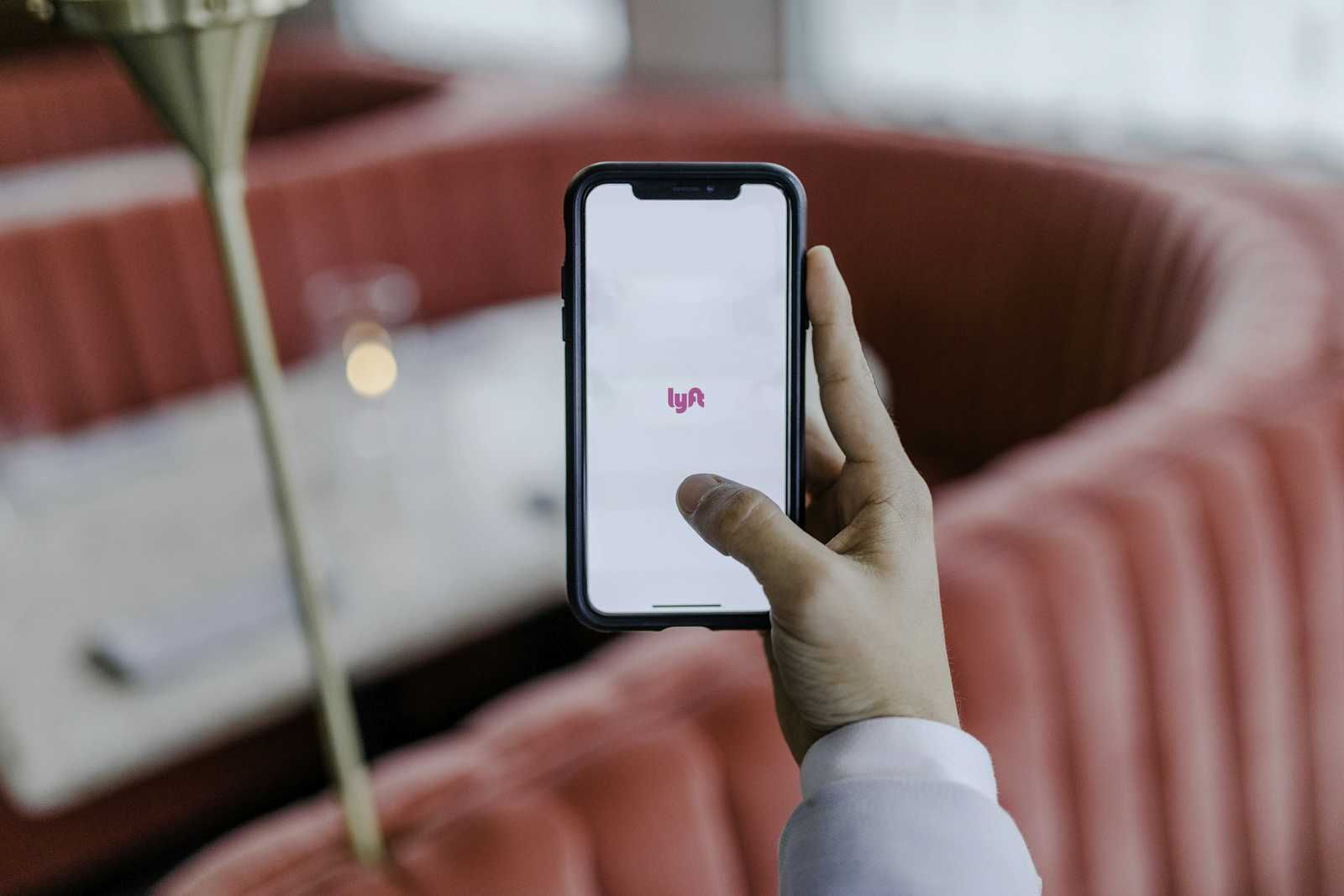Understanding the Differences Between App Links and Deep Links in Mobile Development
 Nabraj Khadka
Nabraj Khadka
In today's mobile-first world, delivering a seamless user experience is paramount. Whether you’re guiding users directly to specific content within your app or ensuring they have the best possible experience when navigating from external sources, understanding the nuances between App Links, Deep Links, and their iOS counterparts is crucial.
App Links vs. Deep Links on Android
App Links are designed to provide a seamless experience by allowing URLs to open directly in your app if it's installed. This is particularly useful for user acquisition and retention, as it bypasses the web browser and keeps users engaged within your app. However, to implement App Links, you'll need to verify your domain using a Digital Asset Links JSON file on your server, adding a layer of security that prevents other apps from hijacking your URLs.
On the other hand, Deep Links offer a more straightforward solution. They allow you to direct users to specific content or actions within your app via a custom URL scheme (like boostme://). Deep Links don’t require domain verification, making them easier to set up but less secure. If the app isn’t installed, these links might either do nothing or open a fallback URL in a web browser.
Universal Links and Custom URL Schemes on iOS
The iOS equivalents are Universal Links and Custom URL Schemes. Universal Links work similarly to Android's App Links. When users click on a Universal Link, iOS checks if the app is installed and opens the link directly in the app. If the app isn’t installed, the link will open in Safari. Like App Links, Universal Links require you to host an apple-app-site-association file for domain verification.
Custom URL Schemes in iOS function much like Deep Links in Android. They are easy to set up, don't require domain verification, and are great for internal or specialized use cases. However, they lack the seamless, secure experience provided by Universal Links.
Which One Should You Implement?
If your app is consumer-facing and publicly available, App Links (Android) and Universal Links (iOS) are the best choices. They ensure a smooth, secure experience, guiding users directly to your app from a web link if installed.
For more specialized cases, or if you need something quick and easy to implement without additional setup, Deep Links (Android) and Custom URL Schemes (iOS) might be the right fit.
Understanding these differences can help you make more informed decisions when it comes to mobile development, ultimately enhancing your app’s user experience and engagement.
Subscribe to my newsletter
Read articles from Nabraj Khadka directly inside your inbox. Subscribe to the newsletter, and don't miss out.
Written by

Nabraj Khadka
Nabraj Khadka
Experienced Flutter developer with 7+ years' expertise. Skilled in app creation, state management (e.g., Riverpod, Bloc, Getx), Firebase, Git, and project management. Proficient in layout design, APIs, firebase, cloud services, payment gateways Android SDK and bit of SwiftUI. Also versed in Java, Swift, Kotlin and PHP.